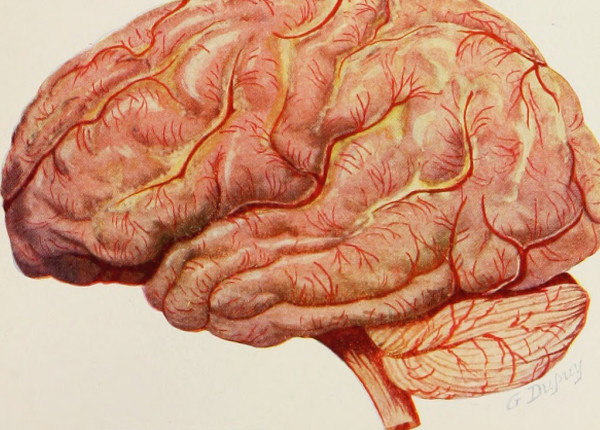Jennifer Reilly, an active, healthy 27-year-old woman, was surprised to wake in the night with an agonizing headache. The next day, she related the incident to a co-worker, who insisted she see a doctor. At the UCLA Medical Center, Dr. Liebeskind informed her that she’d had a stroke. “I was really skeptical,” said Reilly. She was shocked, as she was young, healthy, and did not fit the typical description of a stroke patient. Reilly said that she had occasionally experienced numbness in her left arm before the headache, but she’d just overlooked it.
Strokes can strike anyone, anytime–irrespective of age, gender, or race.
Image Source: t.light
Tests indicated that Reilly had a rare condition called ‘Moyamoya’ in which certain blood vessels in the brain constrict slowly over time. Almost 85% of these patients suffer an ischemic stroke that blocks brain blood vessels, cutting off oxygen. Ischemic stroke is also repeatedly linked to high blood pressure, diabetes, obesity, and smoking.
During a “golden window” threshold, time is life.
Doctors refer to the ‘golden window’ period as a time when the symptoms of stroke initially occur–usually in the first 3 hours. During this period, a patient has the opportunity to seek immediate medical attention in order to reestablish blood circulation in the brain, hopefully reducing or reversing the injury caused by stroke. The Ronald Reagan UCLA Medical Center conducted a national survey that indicated that patients under the age of 44 don’t understand the importance of this window.
“Timely treatment for stroke is probably…[most] important,” said Dr. David Liebeskind, a professor at UCLA Medical Center. “There is a very limited window in which to start treatment because the brain is very sensitive to a lack of blood flow or to bleeding, and the longer patients wait, the more devastating the consequences.”
Image Source: Photography by Cormac Scanlan
One thousand individuals were questioned about their initial reaction to experiencing common stroke symptoms like weakness, numbness, or trouble speaking or seeing. It was appalling that among individuals below 45 years old, only about 1 in 3 persons would seek immediate treatment, whereas 73% would stall, waiting to see if symptoms would improve. Prof. Liebeskind believes it is crucial to educate the younger generation about stroke and alert people to the rising number of cases. Since the mid-90’s, the percentage of people between the ages of 18-45 suffering a stroke has risen to 53%. In the U.S., it is estimated that someone gets a stroke every 40 seconds, totaling nearly 800,000 strokes per year.
“We can take [steps] to lower our risk of stroke,” said Liebeskind. Healthy food, exercise, and restricting alcohol use and smoking have proven effective in reducing stroke risk. It’s also vital to recognize symptoms of a stroke (trouble speaking, etc.) and to seek help urgently.
Feature Image Source: Internet Archive Book Images










